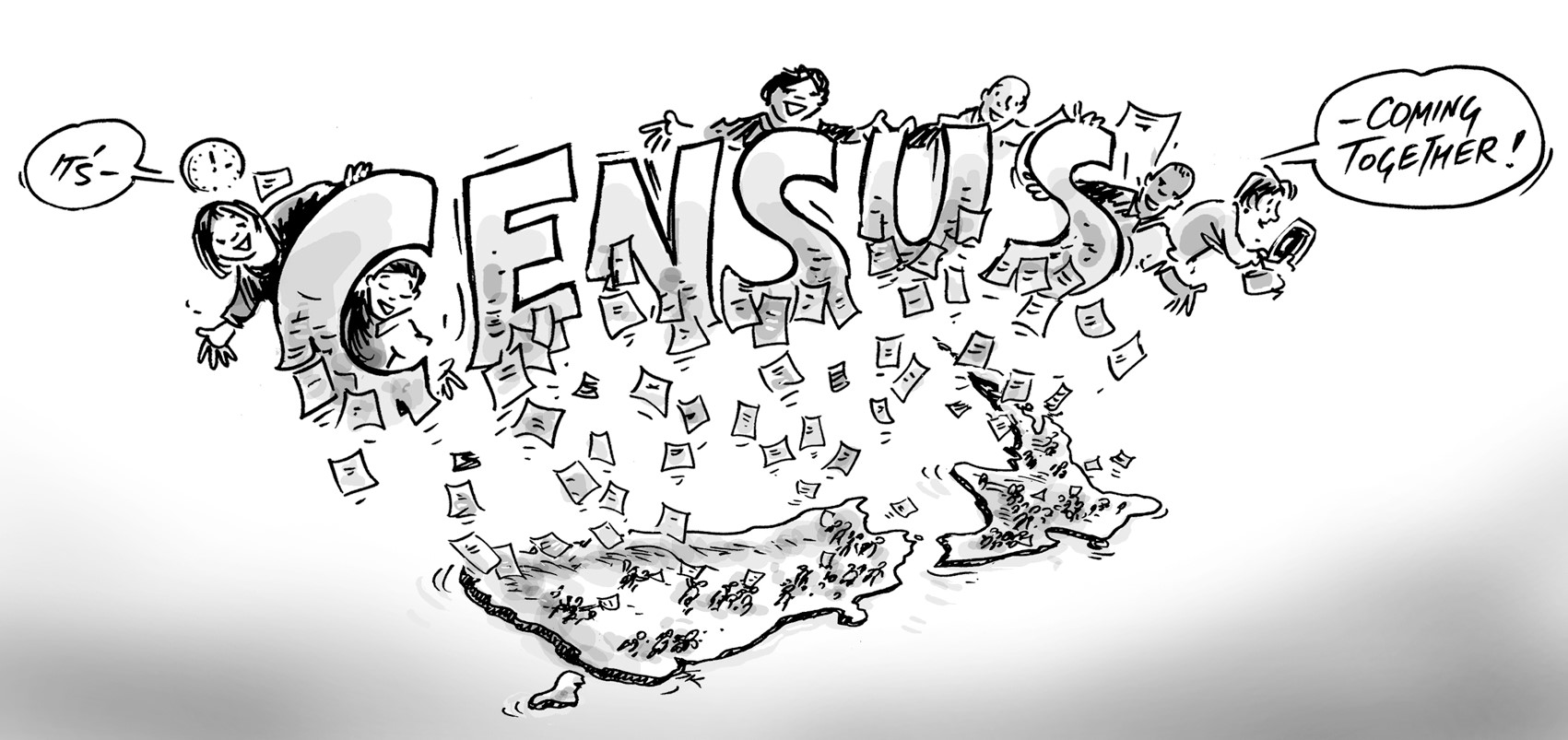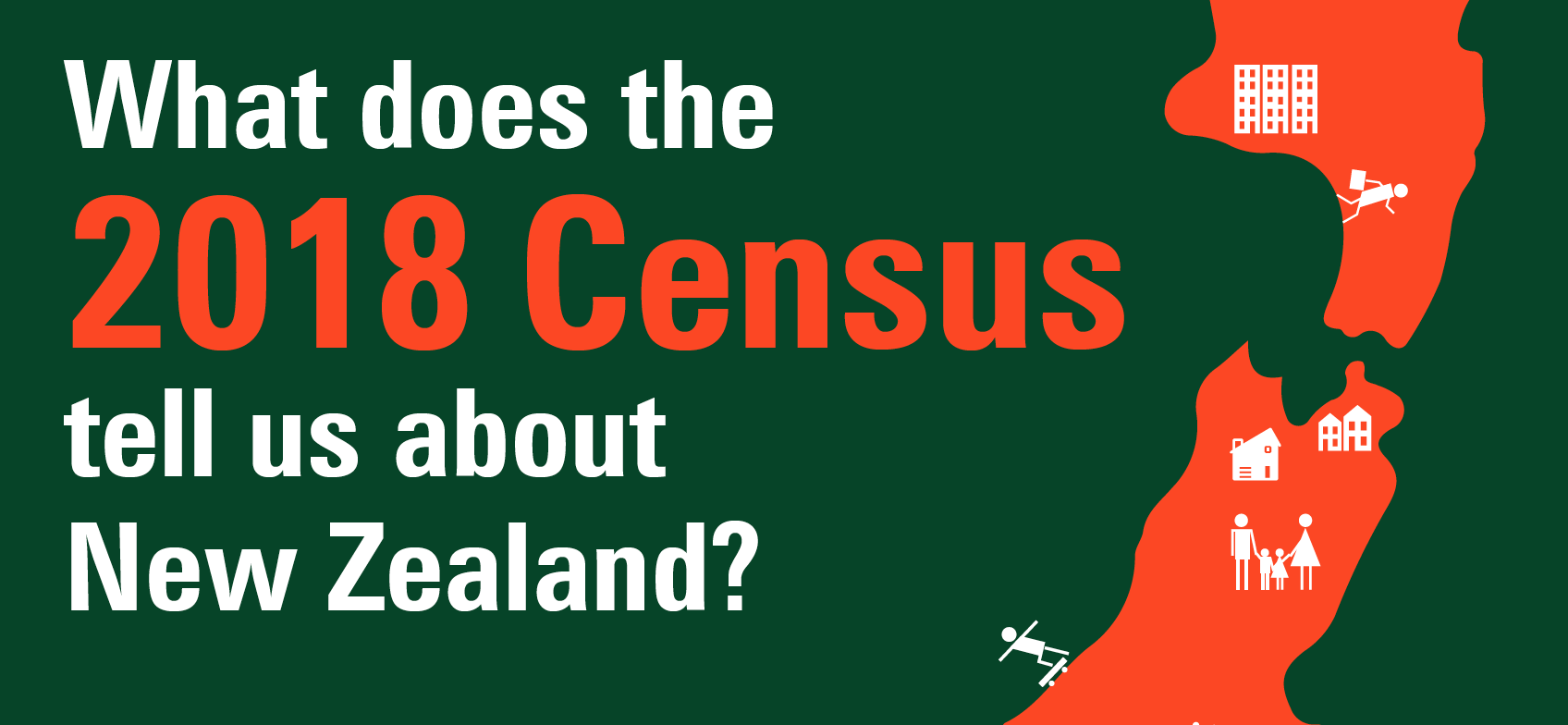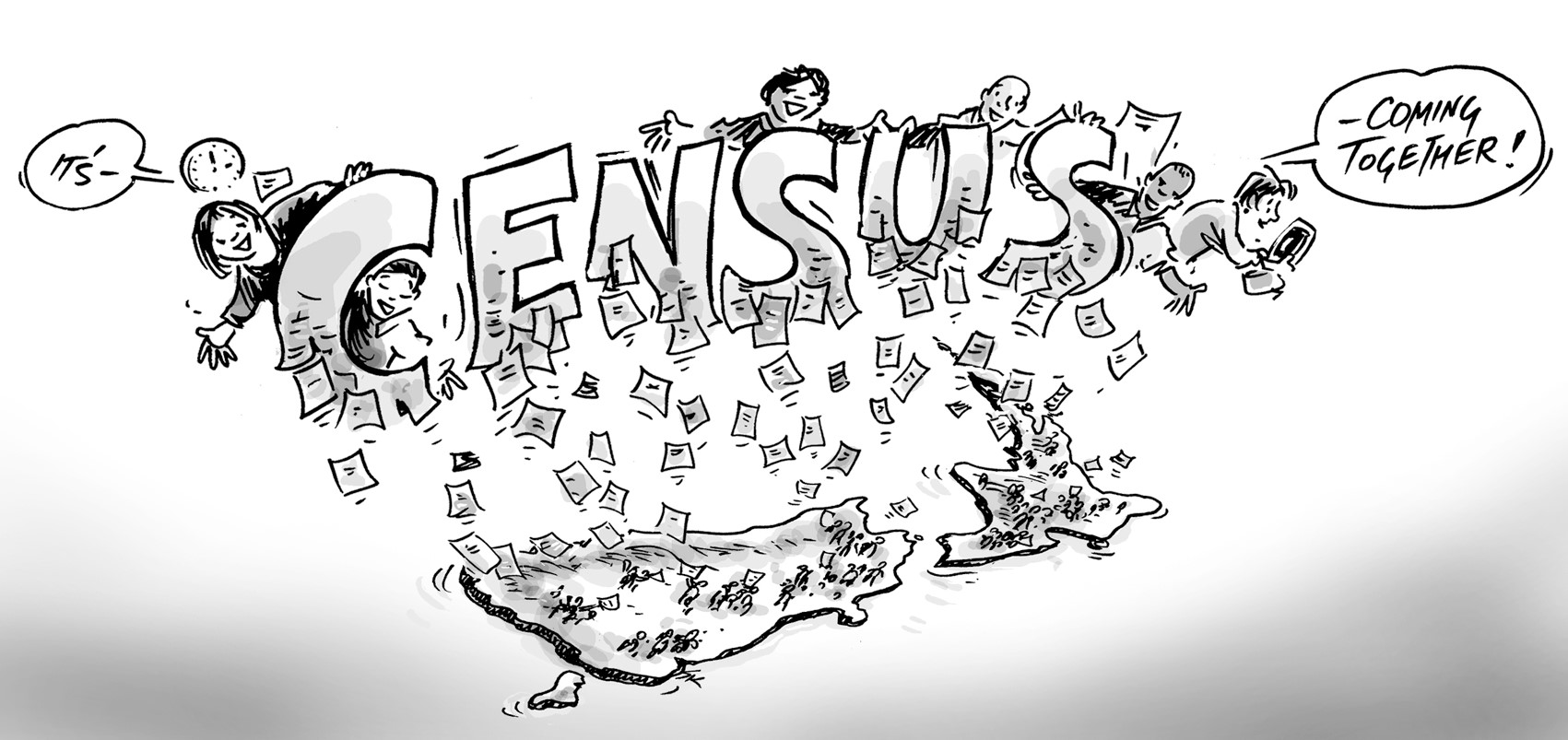Despite the limited amount of data released from the 2018 Census thus far, interesting stories are starting to emerge. In this piece, Penny explores a slowdown in ageing across the population: the role migration is playing and implications of slowed ageing for service providers.
Just the age structure, gender, ethnicity and dwelling 2018 Census statistics have been released at the national and territorial level … yet there’s many a story to be told from the limited 2018 census datasets.
At a national level, possibly one of the most startling results indicates the ageing of the NZ population was slowed between 2013 and 2018. This outcome is revealed in the relative proportions of our population. We know there has been significant growth in the national population, with our usual resident national count leaping to 4,793,358 from 4,353,198. However, on closer scrutiny there has been virtually no change to the population’s age structure.
| Age cohort |
2013 pop |
2018 pop |
2013% |
2018% |
| 0-14 |
870,486 |
927,093 |
0.20 |
0.19 |
| 15-34 |
1,144,869 |
1,314,717 |
0.26 |
0.27 |
| 35-64 |
1,709,196 |
1,814,175 |
0.39 |
0.38 |
| 65-100+ |
628,641 |
737,367 |
0.14 |
0.15 |
Table 1
Therefore the growth in the population between the 2013 and 2018 censuses – 440,160 people – has been largely through migration.
What are the implications of less ageing between 2013-2018?
Of pressing importance to our education and transport planners, we can assume that the 17,091 additional 0-4 year-olds counted in the 2006-2013 period would have been planned for in the following five year period as they entered primary school. However, the new data shows that 5-9 year-old age cohort more than doubled that expectation, recording 35,625 in the 2013-2018 period. That’s lots more classrooms and school buses needed.
And the sea-change continues through the age groups. In the 2006-2013 period, the 10-14 year cohort experienced a large decline with some 19,524 fewer kids than in the previous 5 year period. The new data shows that the previous large decline has all but been reversed.

Source: Stats NZ
Stats NZ have been scrupulous with the data cleaning and rate these counts as very high quality.
How much of a difference has migration made?
The population difference of 440,160 between 2013 and 2018 included a large boost from migration. Most migration occurs among the young, but in the older groups, in and out migration is fairly even.
Here’s the figures on natural increase and provisional migration estimates to give you an idea on the proportion of migrants versus New Zealand’s natural increase.
| Year |
Net natural increase (deaths-births)* |
Provisional migration estimates (net)* |
| 2014 |
26,181 |
52,438 |
| 2015 |
29,430 |
57,128 |
| 2016 |
28,251 |
62,965 |
| 2017 |
26,268 |
54,759 |
| 2018 |
24,795 |
49,083 |
Source:
StatsNZ https://www.stats.govt.nz/news/provisional-migration-estimates-by-age-sex-now-available
StatsNZ https://www.stats.govt.nz/information-releases/births-and-deaths-year-ended-june-2018-infoshare-tables
What do the numbers mean for the future?
The big question arising from the data is will the stabilising effect on ageing continue?
We know that the average annual percentage increase between 2013 and 2018 was about 2.1%. The net natural increase contributed to about a third of that growth. However, the actual figures have decreased for the last four years in a row, despite population growth.
We know that migration figures have been high in the last five years, but that the only reliable trend you can pick from historical migration counts is fluctuation. Whatever migration we do experience, we can anticipate migrant profiles will likely remain weighted towards under 45s.
Hypothetically, if we were to remove growth (natural increase and migration) out of the equation and simply shift the current five year cohorts forward in the age structure to simulate what 2023 figures might look like, the decreases we could anticipate would include 5-9 year-olds, 20-29 year-olds and a large decrease in 45-49 year-olds. The other cohorts would experience levels of growth, most notably 10-14 year-olds, 30-39 year-olds and those cohorts over 60.
In summary…
The 2018 census data has revealed a pause in the ageing of New Zealand’s population. At a macro level our population hasn’t changed much proportionally. We know that our population’s growth has been fuelled by migration rather than natural increase, and that high migration has had a positive effect on the New Zealand age structure because migrants tend to have a younger profile. However, the baby boomers (those born between 1946 and 1964) will make up a sizeable proportion of the population in the short term as their tail will be sitting in the 60-65 five-year cohort.
That is unless migration levels continue.










